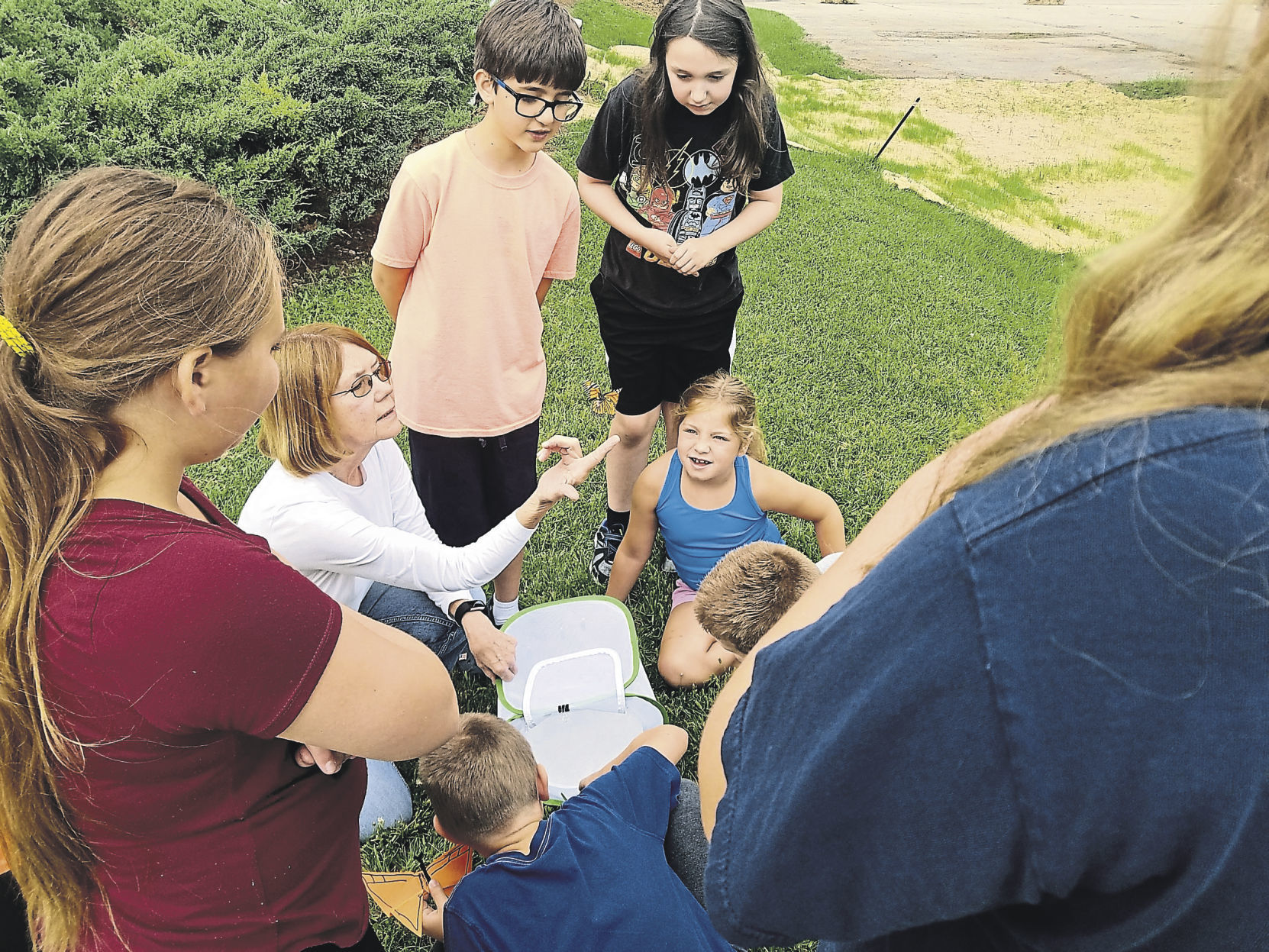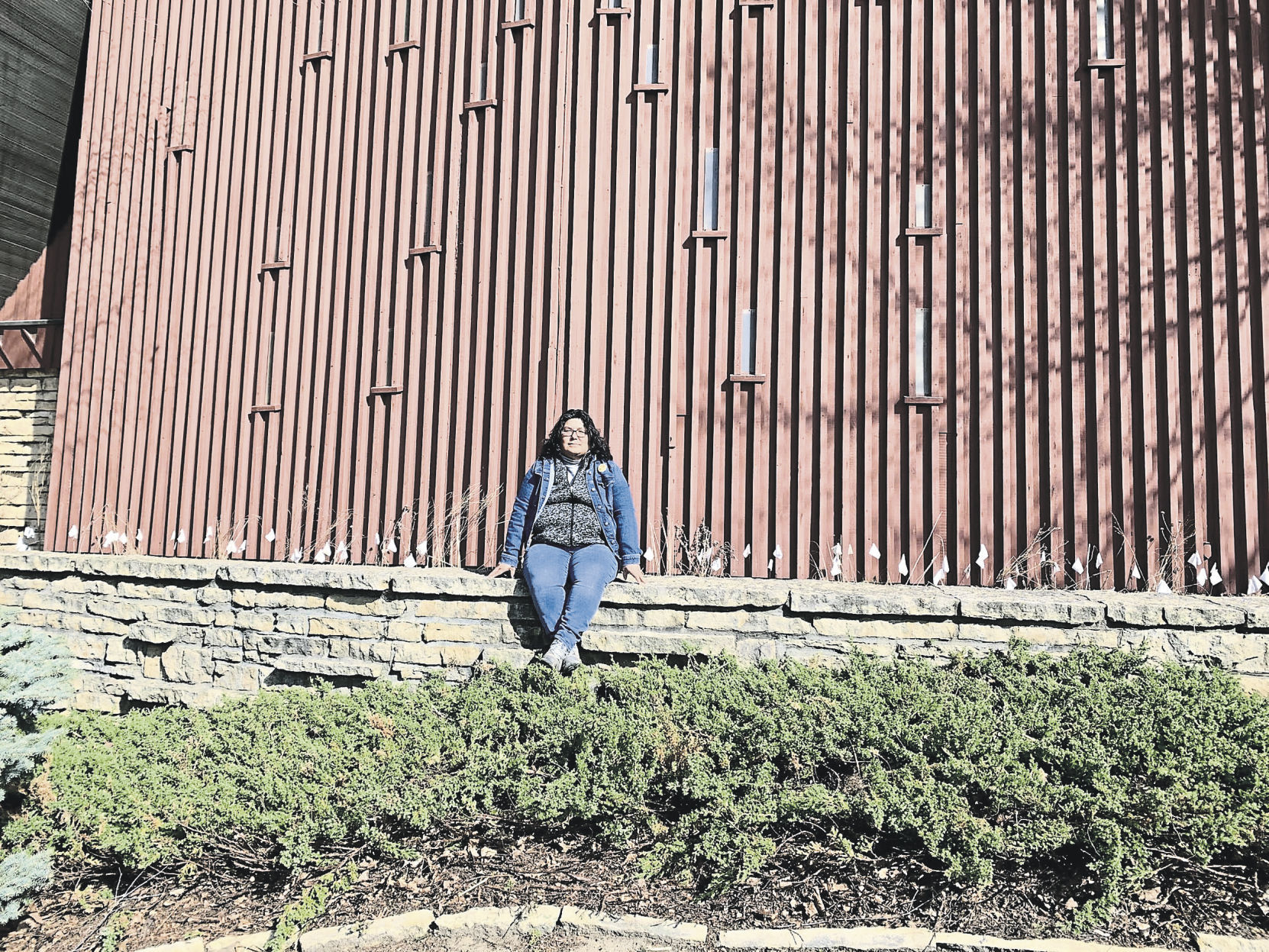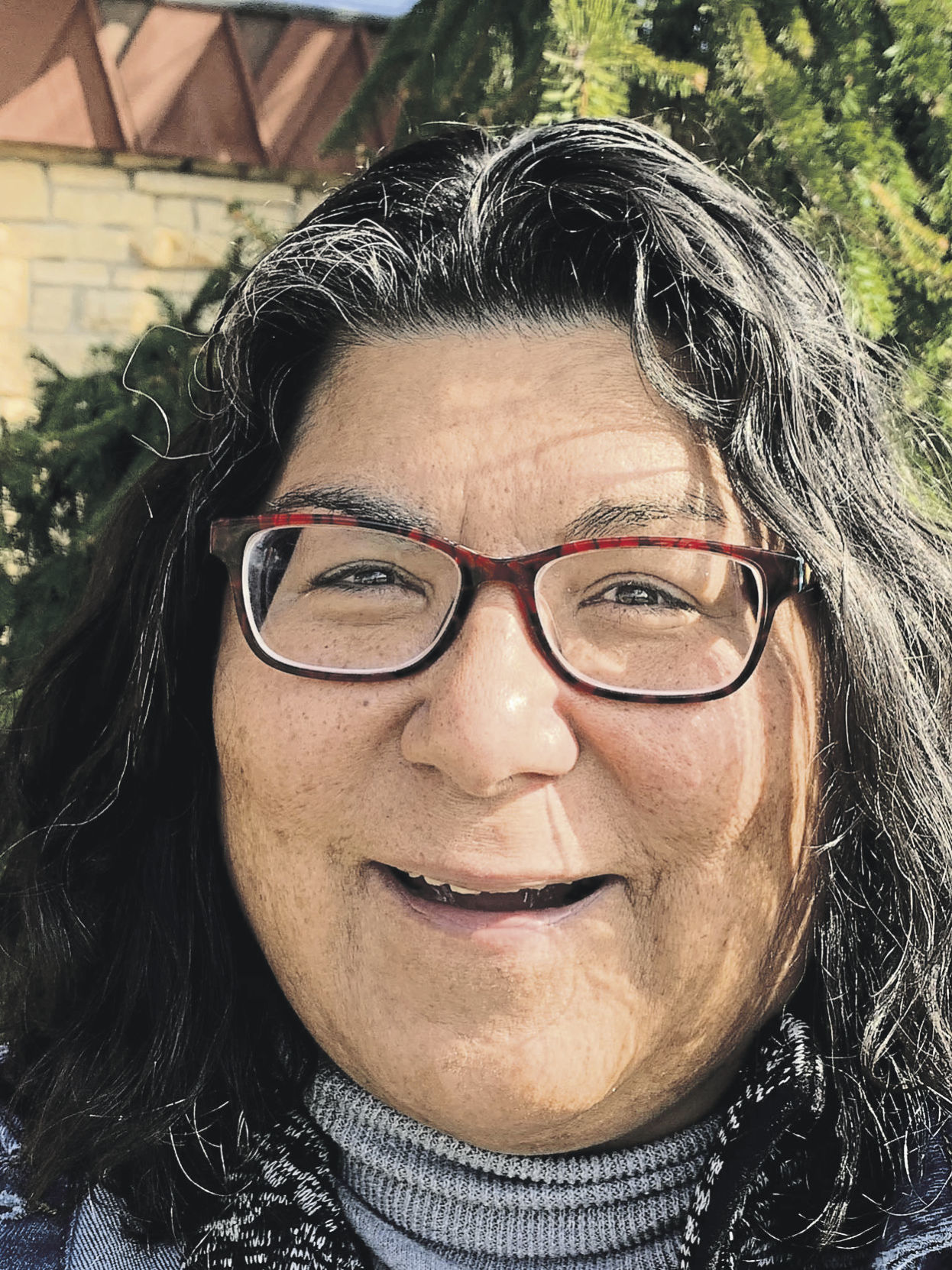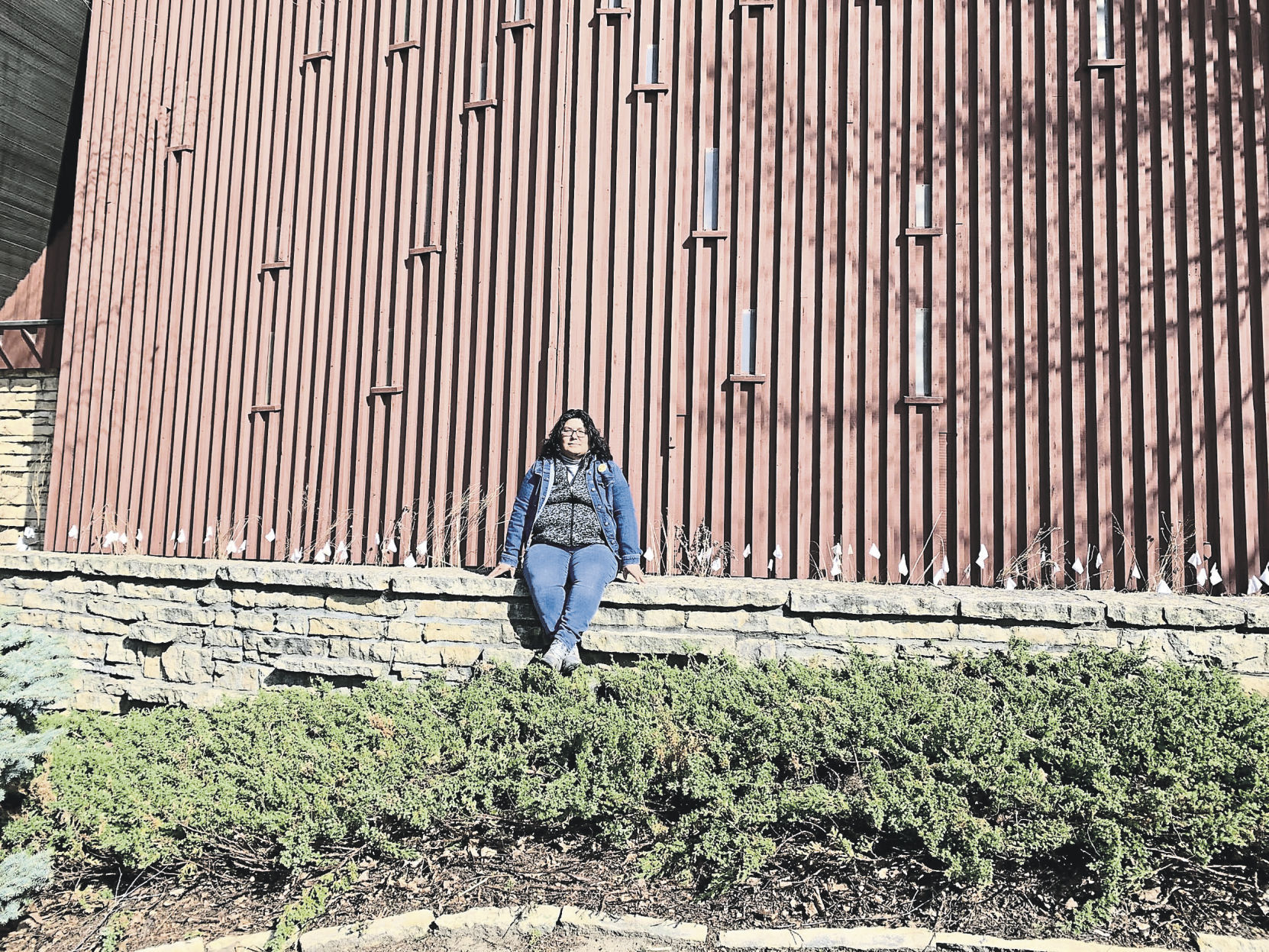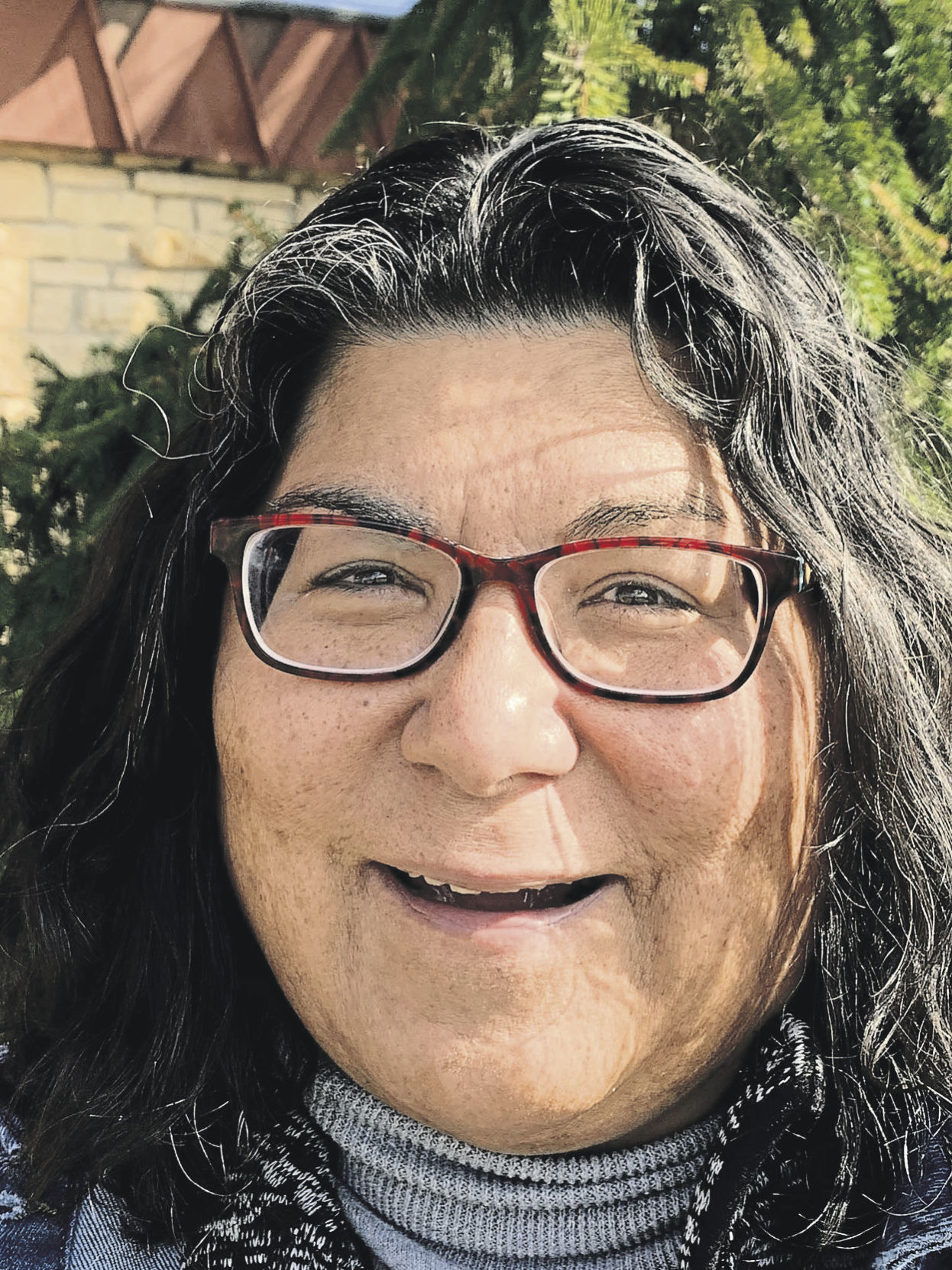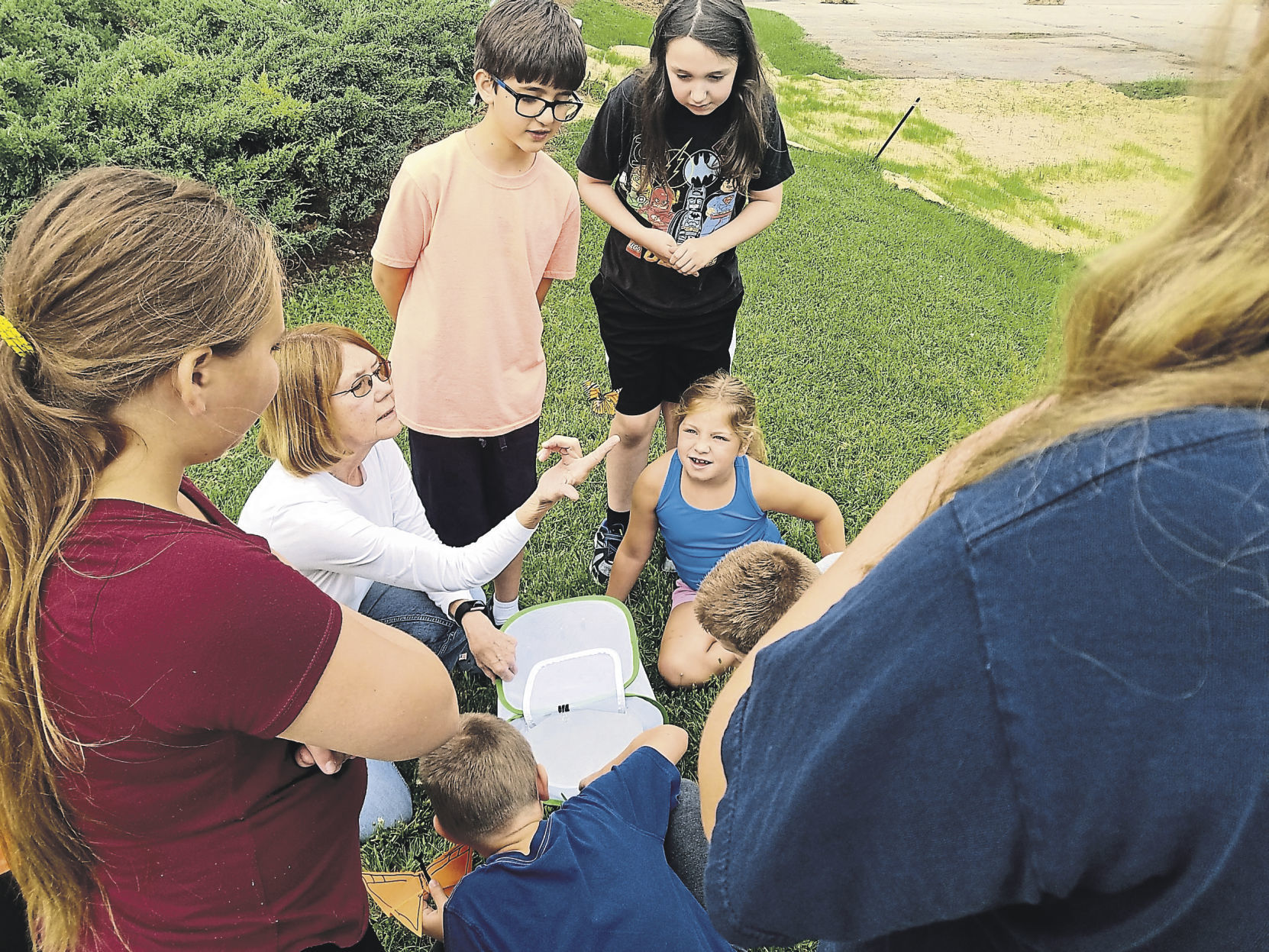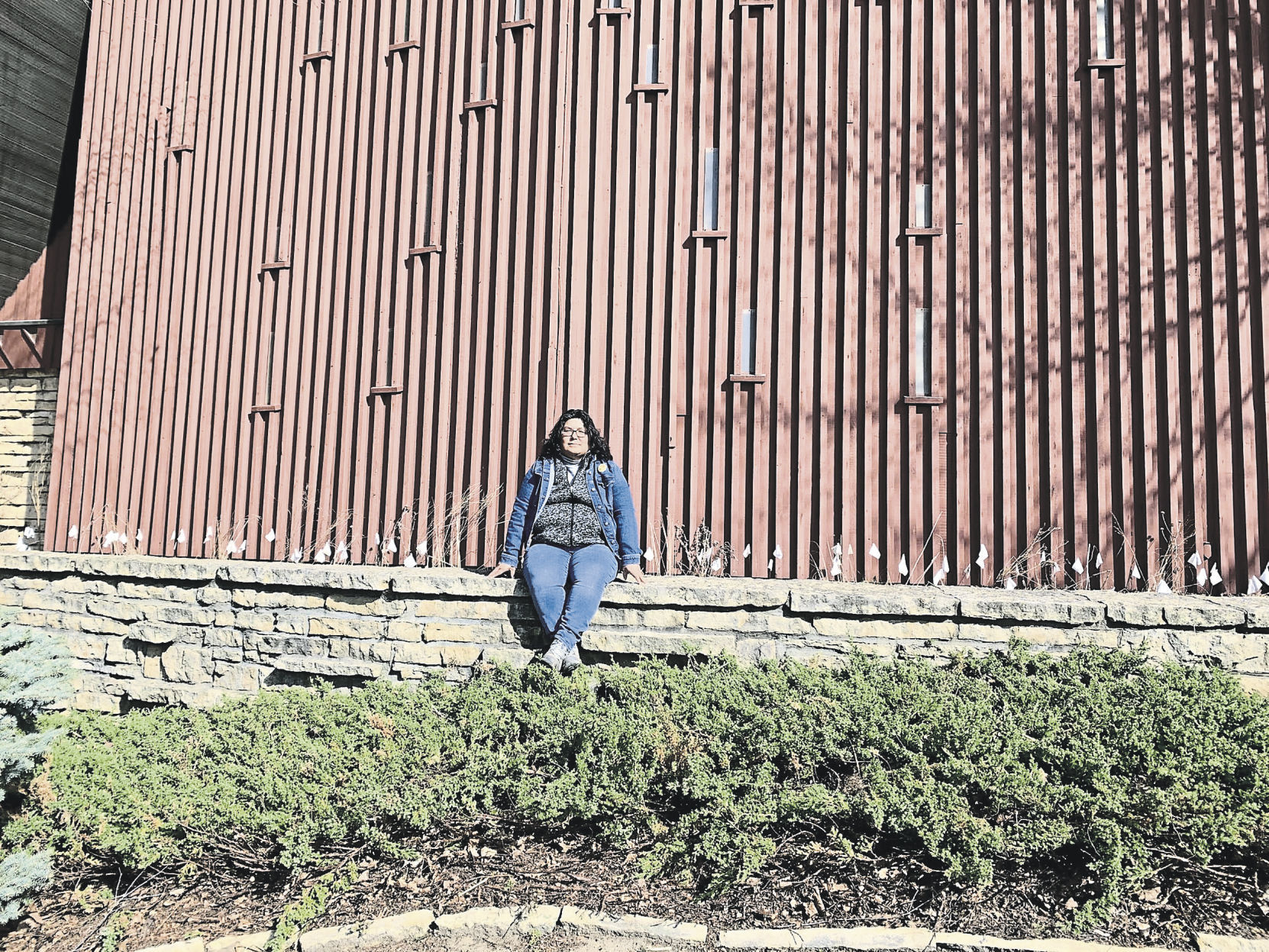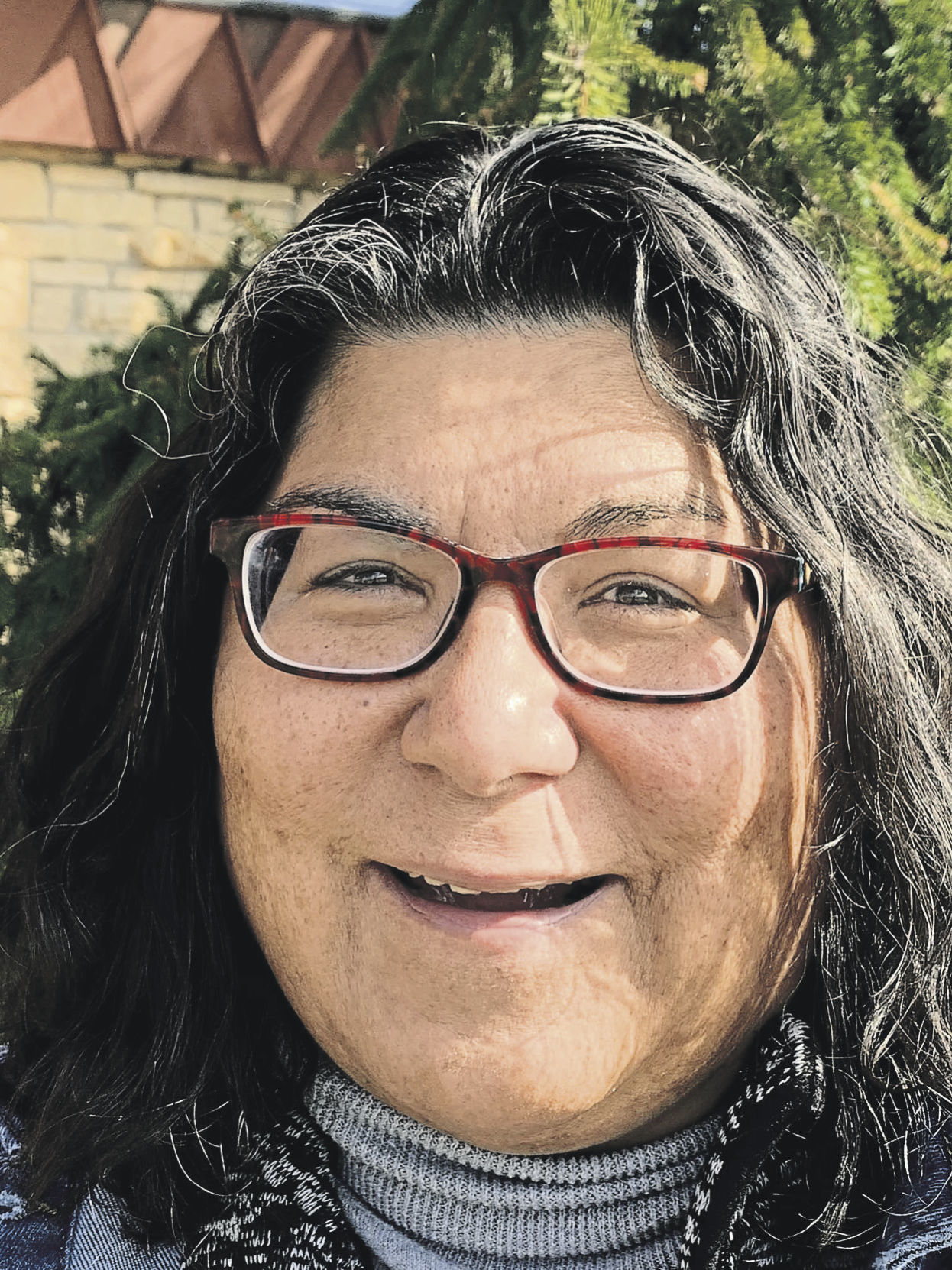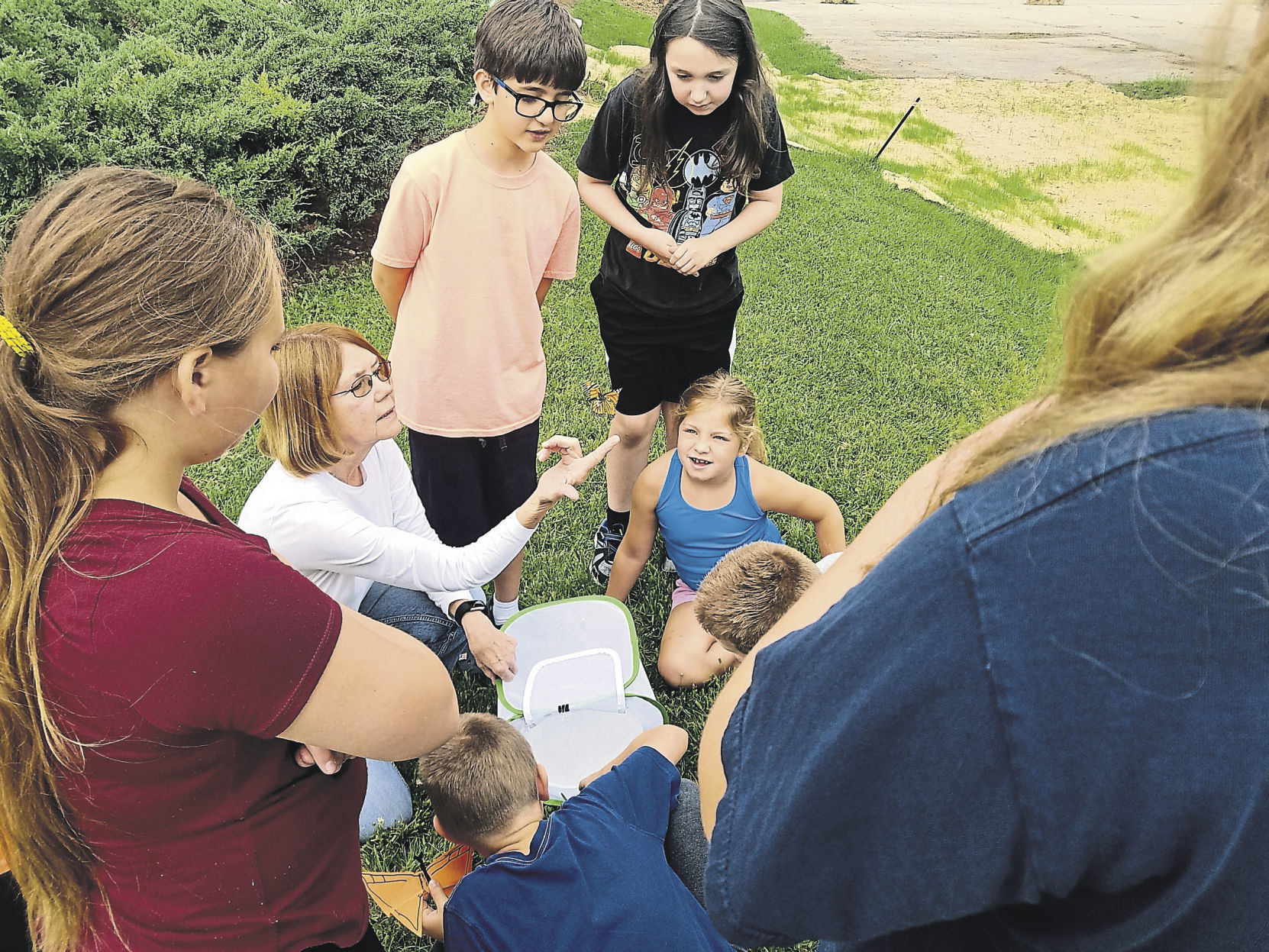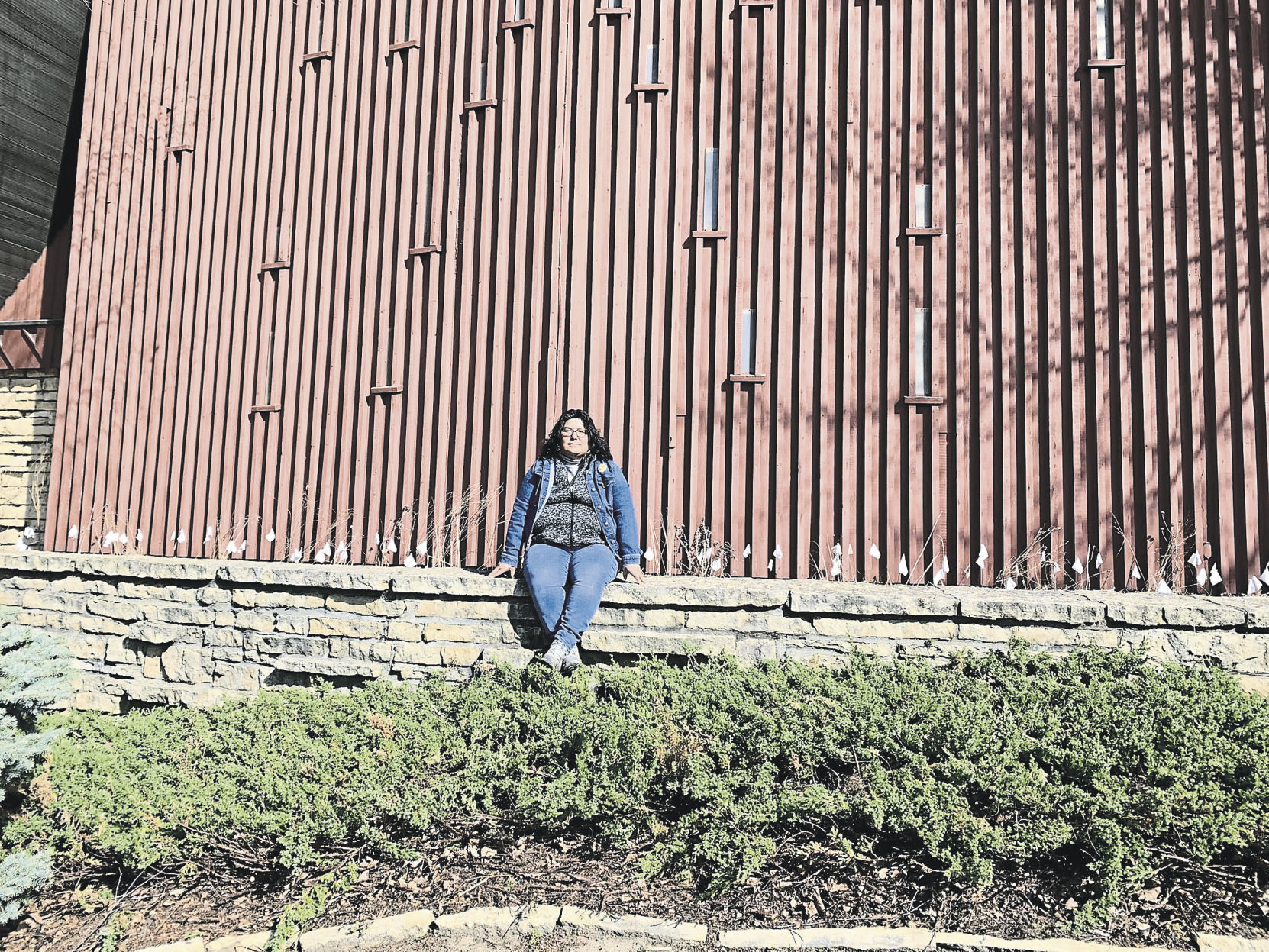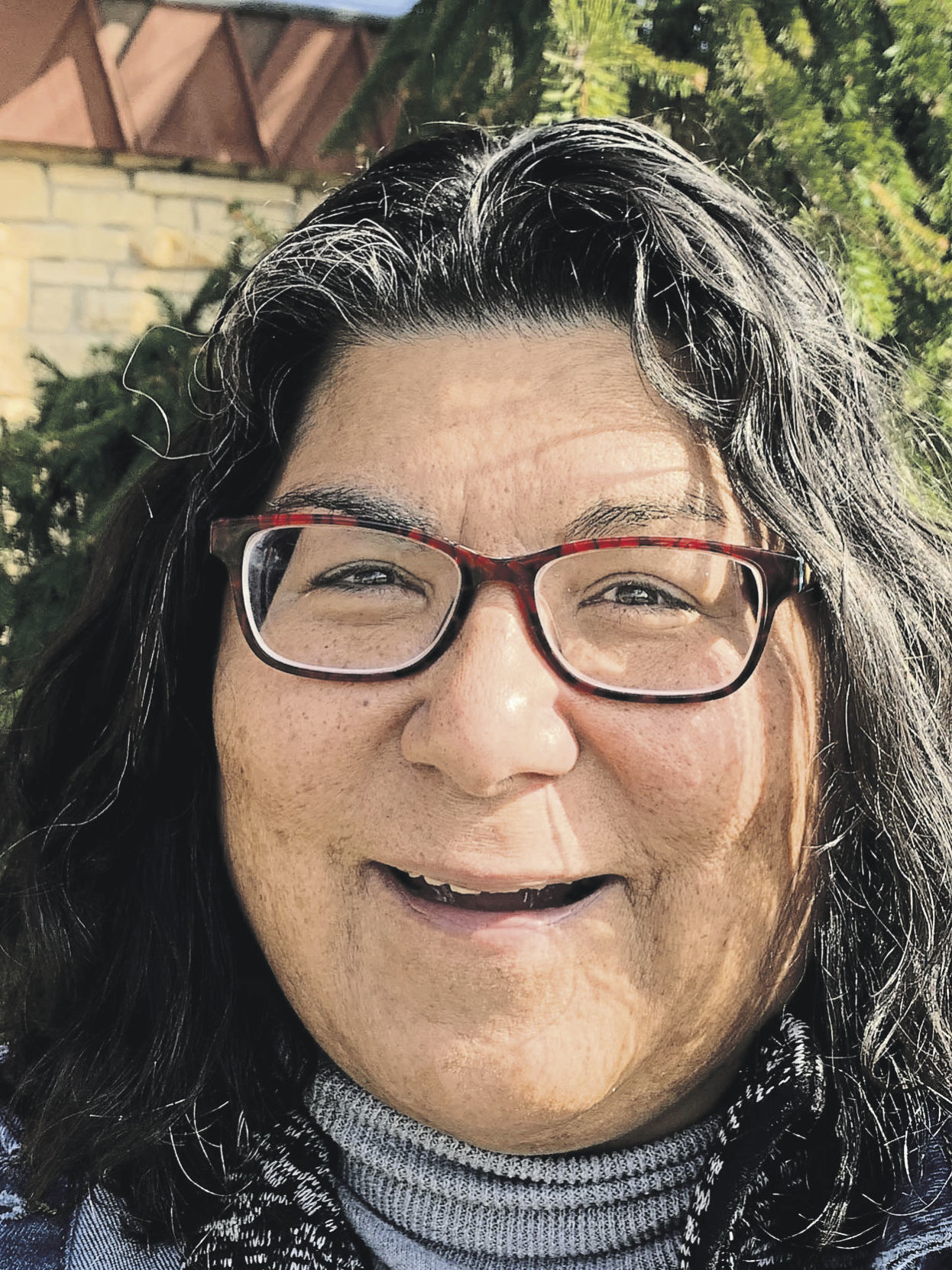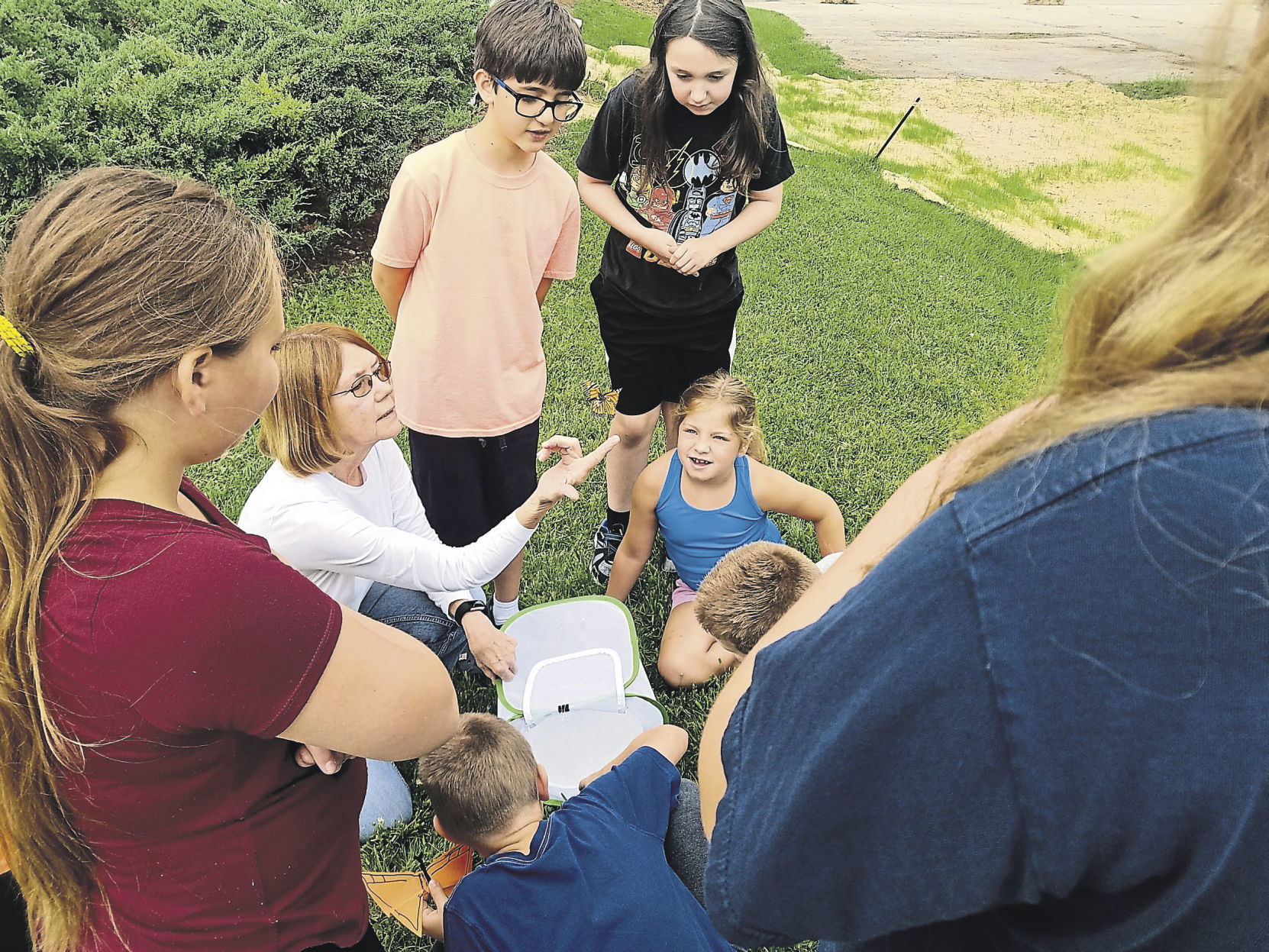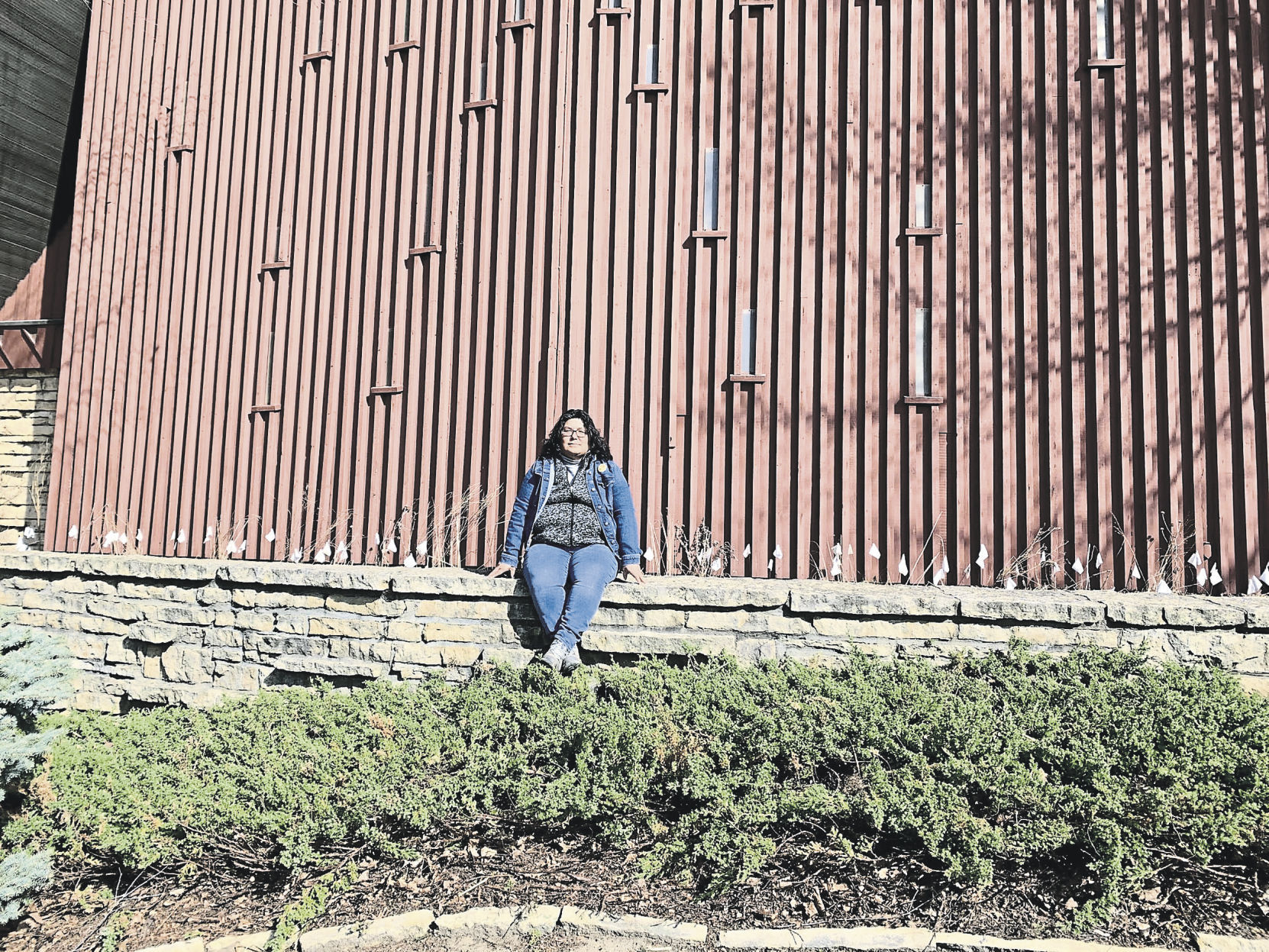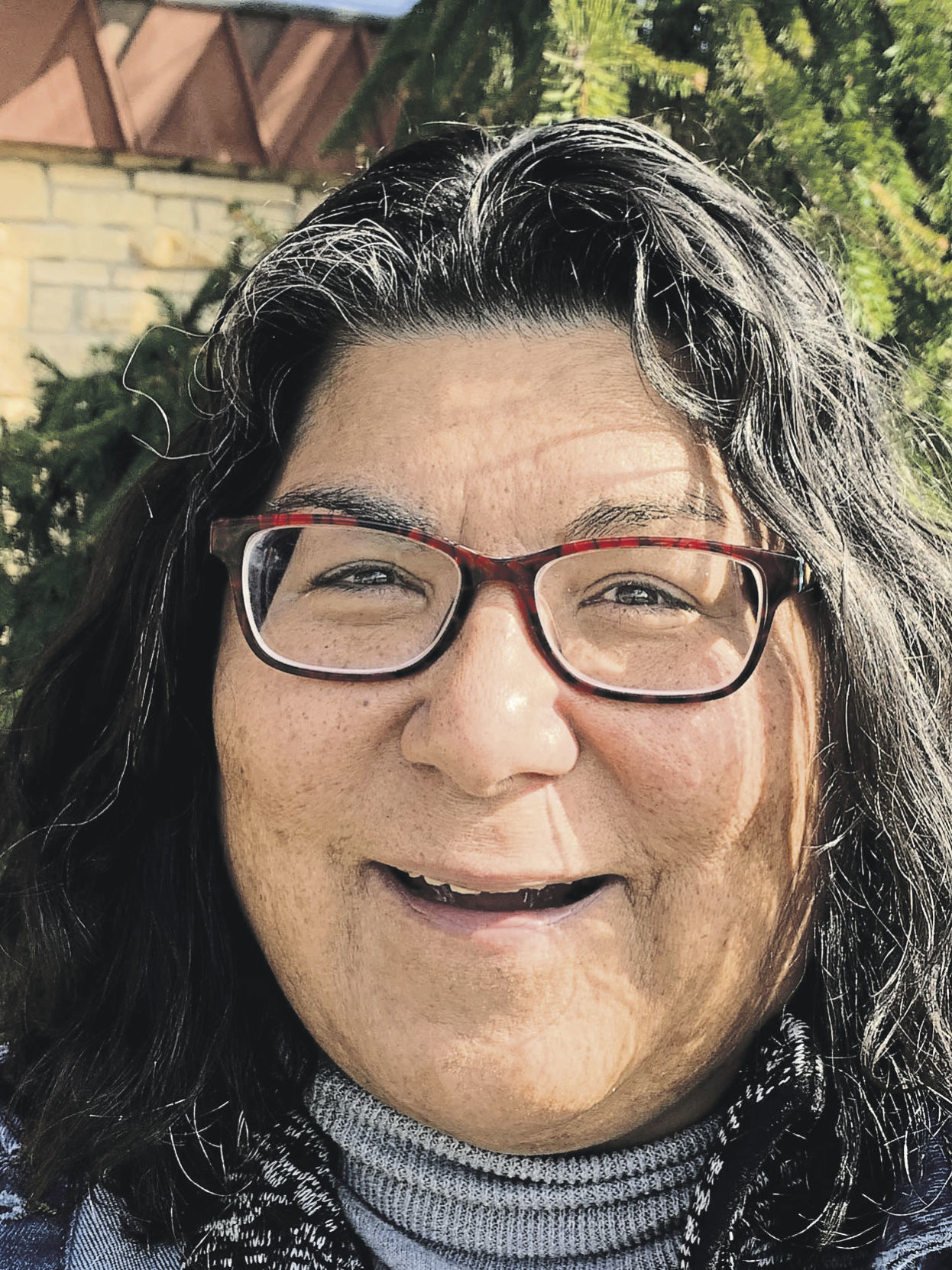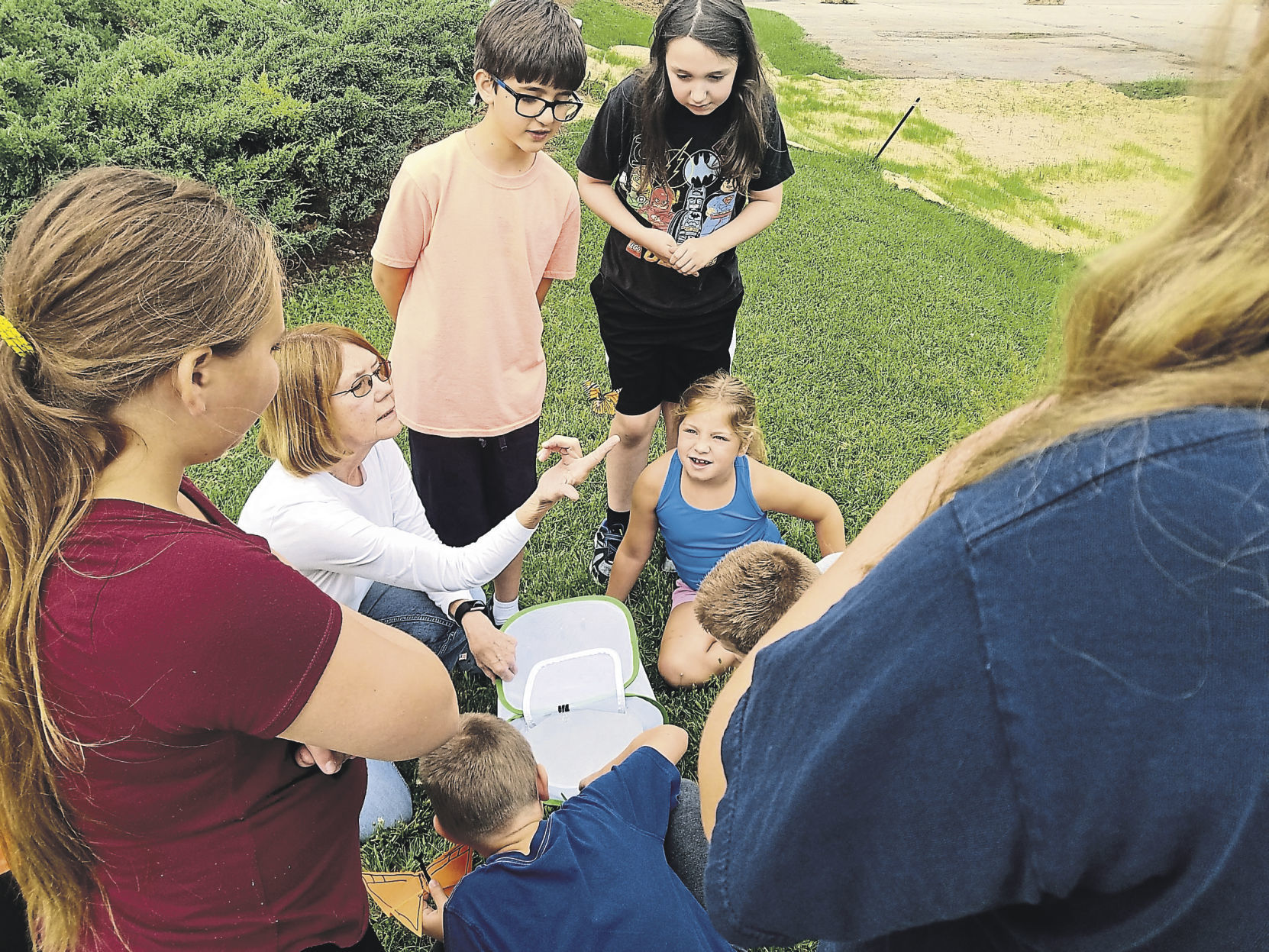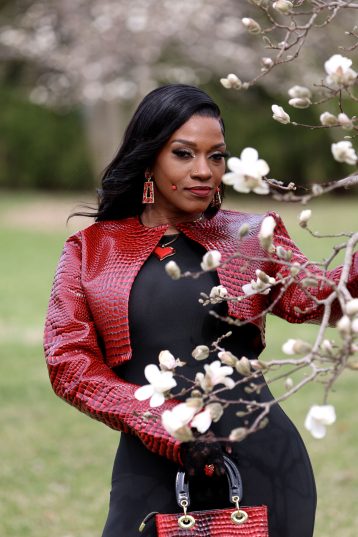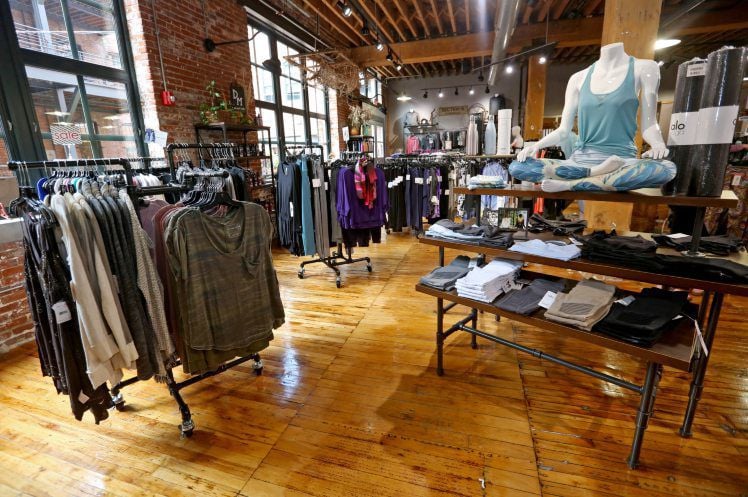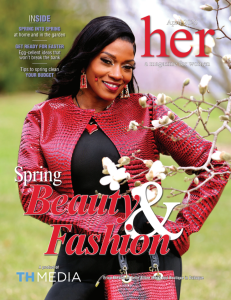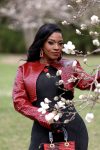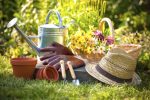Poet Emily Dickinson knew it only takes a flower and a pollinator to make a prairie.
The buzzing of bees and the whirring of hummingbird wings are a sure sign that spring is here and that pollinators are back to work.
What we might not always appreciate is how hard those tiny creatures are laboring for our benefit. Butterflies, bees, birds, wasps, beetles, fireflies, moths and bats are essential in providing our food sources with pollen so they can reproduce. In some parts of the world, animals like honey opossums and black and white ruffed lemurs are important pollinators, too.
Pollinators remove the pollen from flowers and transfer it to other plants so they can reproduce. Many of those plants provide us with food. Without pollinators, our food crops couldn’t grow. While we could survive by pollinating plants by hand or with machines, it wouldn’t prove cost-effective. Food prices would skyrocket.
Dubuque master gardener Marilyn Norman said declining populations of pollinators like bees and Monarch butterflies is an issue that should concern everybody.
“Monarchs have been on a historic decline for almost two decades,” she said.
Norman said a Monarch’s chances of survival from egg to adult under perfect conditions is five percent. Add to that the danger of migration, the decline of the species’ breeding habitat due to both acts of nature and man and changes in agricultural practices, and the deck is definitely stacked against them.
While you can’t bring the Australian honey opossum or Madagascar’s black and white ruffed lemur into your backyard, you can provide many of Mother Nature’s top pollinators with everything they need to do their jobs.
While living in Florida, Norman and her husband began putting out tropical milkweed, a host plant for Monarch butterflies. A host plant provides a place for pollinators to lay their eggs, and it provides food for larvae and caterpillars until they reach adulthood.
“All we wanted to do was increase the population,” Norman said.
Host plants differ for each species. Monarchs use milkweed. Painted Ladies will come to your garden if you plant hollyhocks or sunflowers. Cabbage Whites will create their nurseries in plants from the cabbage or mustard families. Lupines will attract Karner blue butterflies, an endangered species. Fritallary butterflies, the common name given many species with checkered wings, use the passion vine or passion flower. Swallowtails prefer fennel, dill or curly parsley.
Dubuque master gardener Lisa McNaughton has seen the results of sowing host plants in her garden.
“We’ve had up to 100 swallowtails in our yard with curly parsley, fennel and dill,” McNaughton said.
Once a caterpillar emerges from its chrysalis as an adult, it will leave the host plant, which has nourished it up to this point, to find nectar, which it will feed on for the rest of its life.
Butterflies will find that nectar in neighboring plants and flowers. While feeding, pollen will attach itself to the butterfly. As the butterfly moves from flower to flower, it will deposit the pollen, fertilizing the plants and allowing them to reproduce.
It is Mother Nature’s perfect system, and it’s repeated with bees, hummingbirds, finches, wasps, bats and other pollinators.
“If you want a whole variety of different butterflies, plant all different kinds of pollinating plants, both perennials and annuals,” Norman said. “As you make those choices, plant flowers with nectar that last through the spring, summer and into September. Butterflies need places to stop and eat during all those times.”
McNaughton assisted Westminster Presbyterian Church in Dubuque with turning an overgrown area on the church’s property into a pollinator garden.
The church has planted asters, wild blood geranium, blanket flowers, black-eyed Susans, butterfly weed, grey coneflowers and wild bergamot, as well as native grasses.
“It will be more of a prairie than a perennial garden,” McNaughton said. “So, we’ll probably get finches, sparrows and maybe some red-winged blackbirds, too.”
“We’re going to be looking for bees, wasps, hummingbirds, probably bats because of the architecture of the church,” she added. “Bees and bumble bees are very effective pollinators. Some of these plants are going to attract hummingbirds. And they go far distances to feed, so they’re great pollinators.”
McNaughton said the group hopes to give the caterpillars that hatch in the garden to the church’s youth group members to raise and release.
Norman raises Monarch butterflies every year, which she releases once they’ve reached adulthood. She encourages everyone to get involved in supporting pollinators with a backyard garden.
“It’s a good learning experience for kids,” she said. “It’s a good opportunity for you and for them to be a citizen scientist. Tell people what you’re doing and why you’re doing it. And encourage other people to do the same thing.”
Michelle London writes for the Telegraph Herald.

